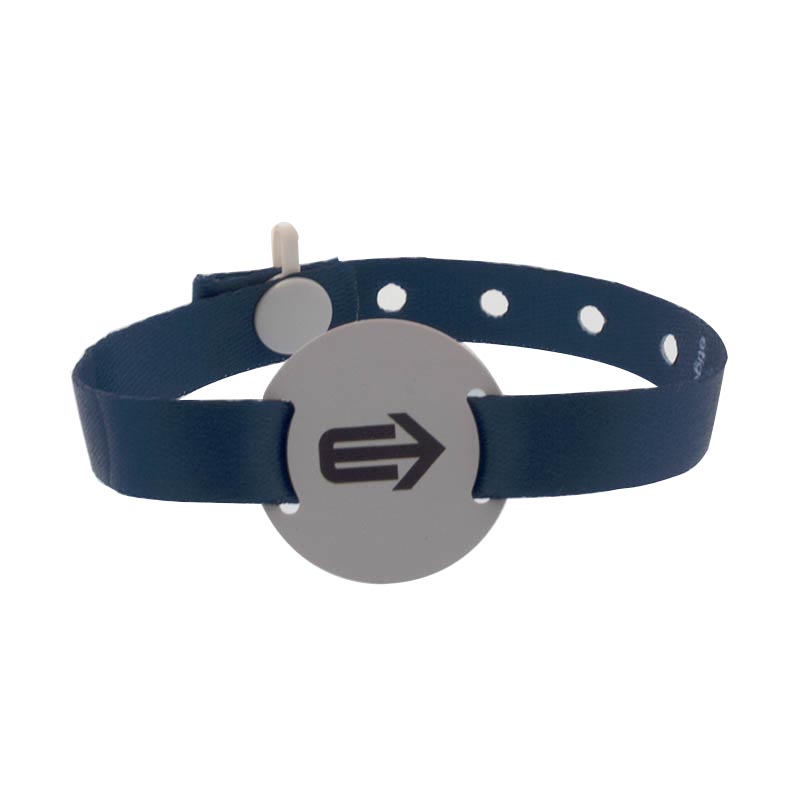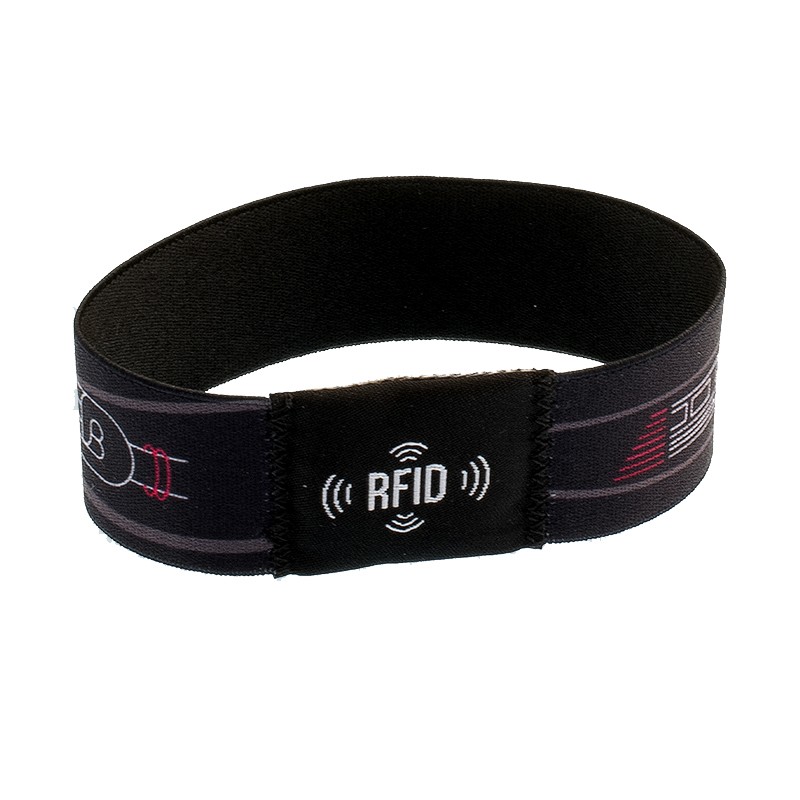
Bracelet cashless : Paiement Sans Contact et Sécurité
The time is ripe for dematerialised payment systems and new payment methods. The development of "contactless" seems to be the preferred payment solution. The arguments put forward to promote it are: simplicity, speed and security. Three arguments that apply to the cashless wristband, which is becoming increasingly popular at popular events.
What is a cashless bracelet ?
It's a simple wristband, made of silicone, fabric or tyvek, which is attached to the wrist at the entrance to a festival or venue.
It is equipped with an RFID chip and NFC / Near Field Communication technology (data exchange between devices at short range, the definition of "contactless"). It allows contactless payments (drinks, merchandising, etc.) to be made within the event's walls throughout its duration. It eliminates the need to carry a credit card or cash, no need to run to the ATM to withdraw money! This identification bracelet acts as an electronic wallet.
To benefit from it during an event, you need to download the cashless application or go to the website. Once the profile and the bank account have been linked, all that is left to do is to credit the account with the desired amount on the RFID bracelet to pay for purchases.
Theoretically, it cannot be detached, as the attachment is secure. Once the event is over, the bracelet is deactivated and must be cut with a scissor. In the event of loss or theft, you must request its immediate deactivation to avoid fraudulent payments.
Paying with the bracelet is as easy as paying with a mobile phone. You just have to present it to the person in charge of payment. The cashless event wristband will be attached to a smartphone with a contactless mobile application as a payment terminal and that's it, no need for a secret code! The amount of the transaction appears on the smartphone screen and the cashless account is immediately debited. The user is free to eat or drink, making payments under these conditions is so easy. The only limit to payment is the amount credited.
In what forms can you find this magnetic payment system ?
Depending on your event, find the model you need !
The fabric bracelet with RFID tag The elastic bracelet with integrated RFID chip
when should you use a cashless wristband ?
By definition, the cashless system is ideal for use at a one-off event, within a defined area. Music festivals are the first ones to be concerned. The crowd is often dense and there is a lot of jostling, which can lead to the loss of personal items or theft. Simple payment is therefore a priority. A bracelet to secure transactions!
In addition, when a festival is held over several days, cashless wristbands can also be used as control wristbands, i.e. as passes for festival-goers who have bought tickets for several days. The generalisation of this system is applicable to all places that receive the public in a dedicated area, for a day or a week. This includes amusement parks, hotel clubs, holiday centres and campsites.
Advantages and interests of this payment method
For users, the cashless wristband is the perfect way to enjoy the moment, with a free mind, in complete security. A cashless wristband is very difficult to remove and is rarely lost or stolen. Even if there is no such thing as zero risk, the fraudulent use of this type of payment is very limited. The cashless system is not limiting since, if the credit is exhausted, recharging is very easy and quick and the system is considered tamper-proof. The user also has access to a very clear summary of his online transactions, free of charge.
For organisers and professionals, the system is not without interest either. Festivals and entertainment venues attract large crowds and long queues at food and souvenir stands. The speed of transaction offered by the cashless system is an asset to fluidify all this, multiply the number of transactions and increase the turnover. It is also a way of eliminating the errors in making change linked to cash transactions and making the staff who have to deal with customers less stressed and more available.


